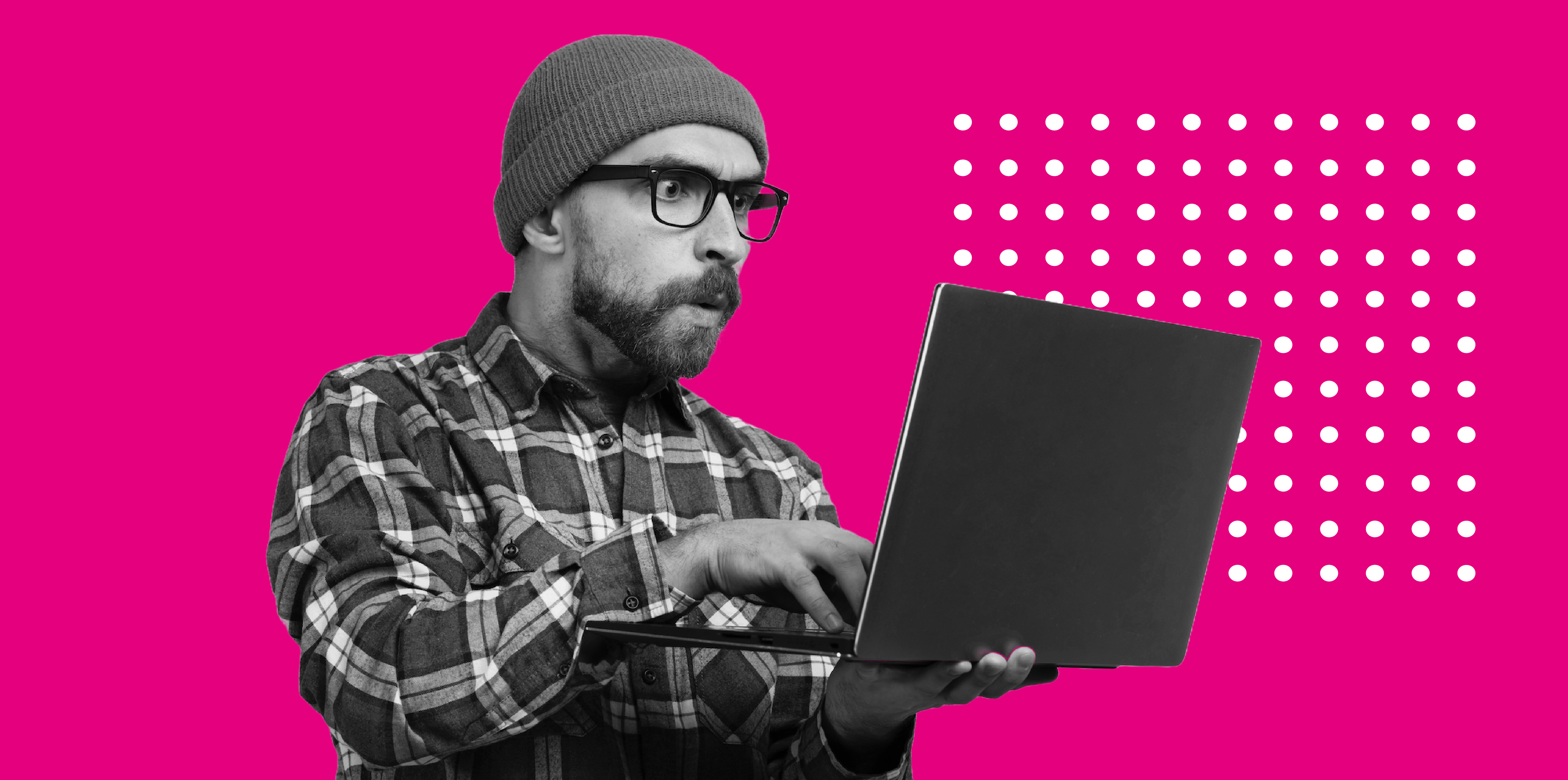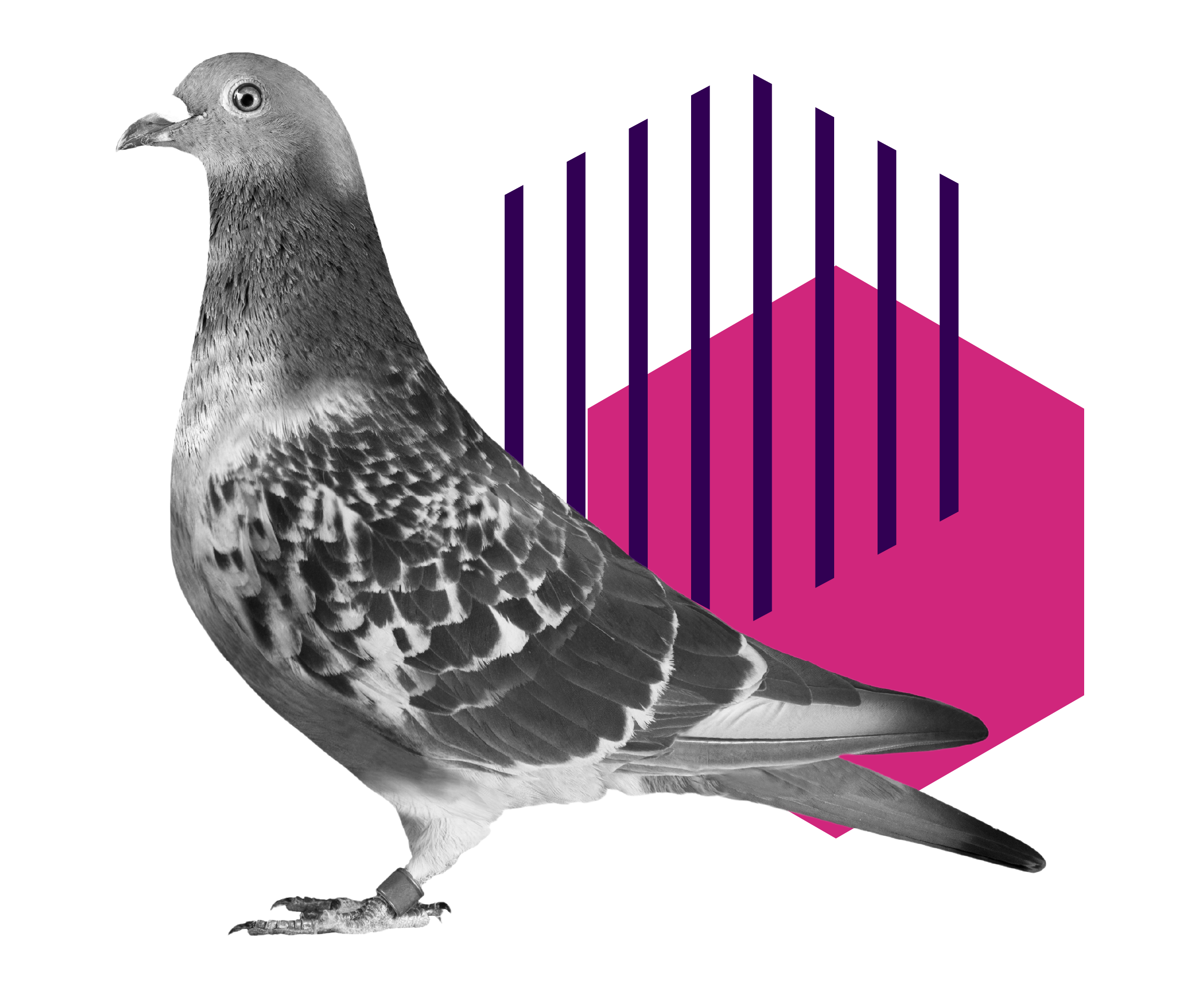Introduction In today’s digital marketplace, the design of your website plays a pivotal role in attracting and converting visitors into customers. Understanding the psychological triggers that influence user behavior can help you create a website that not only looks good but also drives conversions.
1. The Importance of first impressions
Visual appeal: Visitors judge websites within seconds. A visually appealing design makes a positive first impression and reduces bounce rates.
Image Suggestion: Before and after screenshots showing the impact of a redesign on user engagement.
2. Color Psychology
Emotional impact: Colours evoke specific emotions and actions. For example, blue instills trust and security, often used by banks; red creates urgency, commonly used in clearance sales.
Image suggestion: A colour emotion guide that details how different colors affect viewer psychology.
3. The F-Layout
Natural reading patterns: Studies show that users typically scan screens in an ‘F’ pattern. Placing important information in these high-attention areas can increase the likelihood of engagement.
Image suggestion: Heat maps demonstrating user eye-tracking results on different website layouts.
4. Typography and readability
Font Choices: Select fonts that are easy to read and convey the appropriate mood or tone of your website.
Line length and spacing: Optimal line length and spacing improve readability and comprehension.
Image suggestion: Examples of user-friendly typography vs. poor typography practices.
5. Using images and videos effectively
Emotional connection: Images and videos can quickly establish an emotional connection. Use high-quality visuals that reflect your brand and resonate with your target audience.
Image suggestion: Comparisons of effective and ineffective use of visuals on websites.
6. Calls to action (CTAs)
Visibility and persuasiveness: Your CTA buttons should stand out and encourage users to take action. Use action-oriented text and contrasting colours to make them pop.
Image suggestion: Examples of well-designed CTA buttons that draw attention.
7. The principle of commitment
Small steps: Encourage users to make small commitments, like signing up for a newsletter, before asking for bigger ones like making a purchase.
Image suggestion: Diagram of a stepped user journey from initial engagement to final sale.
8. Social proof
Building trust: Testimonials, reviews, and user numbers can build trust and influence decision-making.
Image suggestion: Screenshots of social proof elements effectively incorporated into a website.
Conclusion Understanding the psychology behind web design can dramatically improve your site’s effectiveness. By considering how design elements affect emotions and behaviors, you can create more engaging, user-friendly, and conversion-optimised websites.


